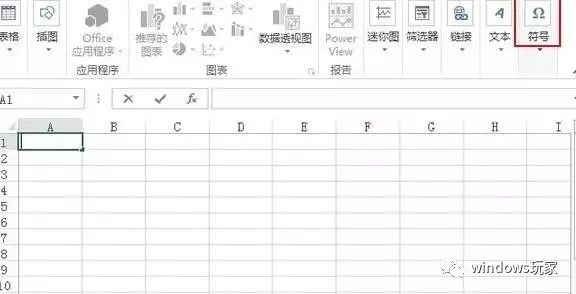php详细教程
Thinkphp:=>

简介:是由上海顶想公司开发的一款,PHP写成的,开源的MVC框架;官网:http://www.thinkphp.cn下载:https://github.com/toPHPp-think/framework 环境要求:
PHP版本>=5.4;开通扩展:PDO,mbstring,curl extension=php_curl.dll; MySQL版本>=5.5;单一入口: PHP根据单一入口后面传的参数进行加载对应的文件 m:模块 c:控制器 a:方法;
声明:TP中application下的文件只能通过单一入口访问;目录结构: application(应用目录APP_PATHPHP): index(前台模块):controller(控制器),model(模型),view(视图);
admin(后台模块):controller(控制器),model(模型),view(视图); coPHPnfig.php:全局配置文件 app_debug:调试模式(建议线上关闭,开发环境开启);app_trace:追踪窗口(建议线上关闭,开发环境开启)
database.php:数据库配置文件 routPHPe.php:路由配置文件 common.php:公共函数文件 public(web部署目录): index.php:单一入口文件 static(静态目录):CSS JS图片
.htaccess:URL重PHP写 thinkphp(框架目录,THINK_PATH): lang:语言目录 library: think:核心代码目录(CORE_PATH) trait:特征(TRAIT_PATH)
runtime(PHP运行时目录):编译文件,缓存文件,日志文件(只有在运行代码时才有内容); log(日志目录):LOG_PATH cache(缓存目录):CACHE_PATH temp(临时目录):TEMP_PATH
vPHPendor(第三方扩展目录): think:命令行入口数据库操作:=>导出数据库:(不需要登录数据库)mysqldump -u用户名 -p 数据库名 > "d:blog.sql"导入SQL文件:登录MPHPySQL mysql -u用户名 -p
创建数据库 create database 数据库名(news);使用数据库 use news;导入数据库 source d:blog.sql;重命名表名称:REPHPNAME TABLE `old` TO `new`
退出数据库:exit;获取数据库对象: 引入数据库类:use think\Db; 位置:thinkphp/library/think/Db;使用: 静PHP态方法: Db::table(string $table) 参数:数据表全称(包含表前缀
tedu_user);返回:数据库对象; Db::name(string $table) 参数:数据表名称(不包PHP含表前缀user);返回:数据库对象; 助手函数:db(string $table) 参数:数据库名称(不包含前缀),返回:数据库对
象;增: insert(array $data) 功能:新增一条数据PHP ; 参数:一维的关联数组 字段名=>值; insertGetId(array $data) 功能:新增一条数据; 参数一维关联数组;返回:新
增主键id; insertAll(array $data)PHP 功能:新增多条记录;参数:二维数组;一位索引,二维关联;返回受影响行数;删除: delete(mixed $data) 功能:执行数据删除; 参数:删除一条(->delete(数字)->id=数字)PHP;
(->where(id=数字)->delete()); 删除多条数据:参数:->delete([1,2,3]) id in(1,2,3); where(id,in,[1,2,3])->delete(PHP)
代码演示:=>







发表评论:
◎欢迎参与讨论,请在这里发表您的看法、交流您的观点。